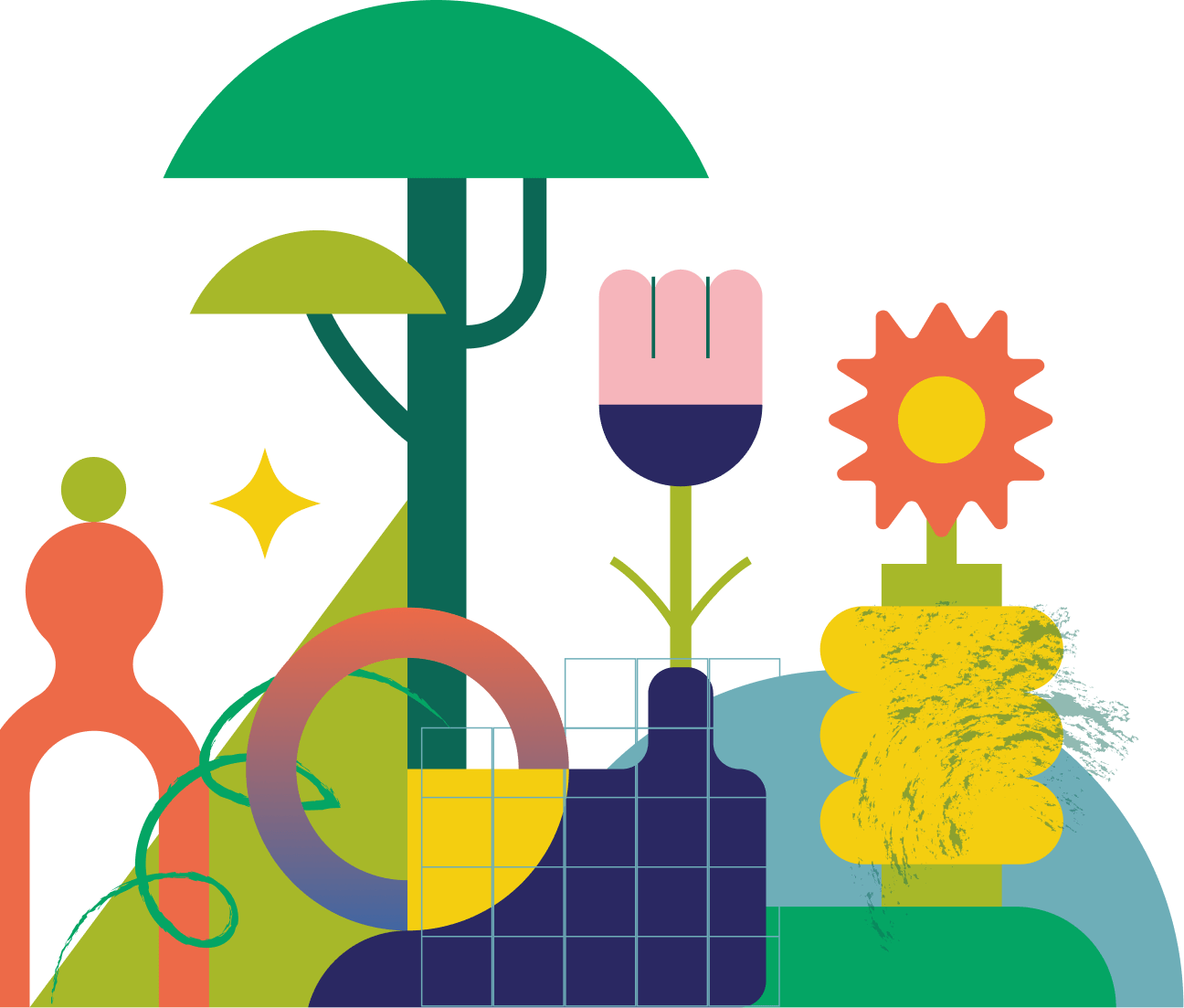
Sell more
sustainably.
Earth First Ecommerce® provides free, no-obligation advice to help you make your ecommerce business more sustainable without compromising your bottom line. Whether you want to understand your digital carbon footprint, reduce your website’s carbon emissions, or explore green hosting options, we can help.
Join the growing number of sellers who are taking the first step towards a more sustainable future with Earth First Ecommerce®.

Your digital carbon footprint matters.
When most people think about carbon emissions, fossil fuels, and environmental impact, we tend to think of the global aviation industry or oil and gas companies. But did you know that the Internet accounts for almost as much global greenhouse emissions as aviation ✈?
The good news is that it’s much easier to build low carbon websites than low carbon planes. As leaders in sustainable website design and development, we help brands around the world make well-researched, well-informed decisions that drive digital sustainability without sacrificing branding, beauty, or experience.
Go Green in 3 Simple Steps

Get your expert sustainability audit.
No obligation, no judgement. Submit your website for review and we will report back to you with current carbon consumption of key pages plus a prioritized list of expert recommendations you can make inhouse to improve your carbon footprint.
This step is 100% free.

Clean up your carbon footprint.
Need help implementing the changes? Earth First Ecommerce® can optimize to your site to reduce carbon emissions.
Running a WordPress site? We will migrate you to 100% renewable energy-powered hosting free of charge (hosting fees apply).

Go carbon-positive.
Website optimized for lower carbon emissions ✅
Switched to green hosting ✅
Ready to make a positive impact? ✅
Each month, we will monitor the carbon footprint of your site and, together with the good people at Ecologi & 5forests, we will plant trees to offset your remaining impact.
Why ecommerce?
While there has been much research into the carbon footprint of websites, the benchmarks for performance to date have been entirely based on static websites. Earth First Ecommerce® takes into account the unalterable demands of profitable online selling, including enhanced content and features, higher traffic volume, online payment systems, and shipping and logistics networks.
Instead of unachievable, “pie in the sky” suggestions that ignore your need to sell, your Earth First Ecommerce® audit will offer actionable solutions that respect your platform, your brand, and your bottom line.





Did you know?

If the internet were a country, it would be the 6th largest consumer of electricity on the planet.

Annual Google searches produce enough CO2 to drive to the moon seven times!

A website with 10k page visits per month generates the same annual emissions as driving 1055km by car!

Digital technologies will represent almost 8% of greenhouse gas emissions by 2030!

The average web page today is nearly four times bigger than it was in 2010, and is continuing to rise!

Built by 5forests.
With a name like 5forests, is it any surprise that sustainability is at the heart of all we do? The Earth First Ecommerce® initiative was born in late 2021 when we audited the carbon impact of hundreds of ecommerce sites and discovered that nobody was addressing the digital sustainability challenges unique to online sellers.
Whether you’re just starting out on your sustainability journey or well on your way, 5forests offers a range of services including education, advice, and hands-on support to help you make a difference. Let us be your partner in building a greener web.
FAQ
What is sustainable web design and why is it important?
Sustainable web design is the practice of designing and developing websites in a way that is environmentally friendly, energy efficient, and minimizes the carbon footprint of the web industry. It is important because the internet is a major contributor to global greenhouse gas emissions, and by making our websites more sustainable, we can help reduce the impact of the web on the environment and combat climate change.
What are the benefits of sustainable web design and development for businesses and organizations?
There are many benefits of sustainable web design and development for businesses and organizations. Some examples include:
• Reducing the environmental impact of your online presence
• Improving the performance and speed of your websites, which can improve user experience and increase customer satisfaction
• Reducing your carbon footprint and demonstrating your commitment to sustainability, which can improve your reputation and attract environmentally-conscious customers
• Potentially reducing your hosting and other web-related costs by using energy-efficient practices
How are ecommerce sites different from other sites?
Ecommerce websites are generally considered to be less sustainable than static websites because they typically require more resources and energy to operate. This is due to several factors, including the following:
• Ecommerce websites generally have more complex and dynamic functionality, which requires more processing power and data transfer to support. This can increase the amount of energy that is consumed by the website and its hosting infrastructure.
• Ecommerce websites often have a larger amount of content and media, such as product images and videos, which can increase the size of the website and the amount of data that is transferred when a user visits the site.
• Ecommerce websites generally have more traffic and user interactions, such as product searches and purchases, which can increase the amount of data transfer and processing required to support the website.
• Ecommerce websites often have more third-party integrations, such as payment gateways and fulfillment services, which can increase the amount of data transfer and processing required to support the website.
Overall, the additional functionality, content, traffic, and third-party integrations of ecommerce websites can make them less sustainable than static websites, which typically have simpler functionality and less content, traffic, and third-party integrations.
What are some best practices for sustainable web design and development?
Some best practices for sustainable web design and development include:
• Using renewable energy for hosting and other web-related activities
• Optimizing images and other media to reduce file sizes and improve load times
• Implementing features like lazy loading to reduce data transfer
• Using caching to reduce the amount of data that needs to be transferred
• Choosing web fonts and other design elements that are optimized for performance
• Using a content delivery network (CDN) to distribute content more efficiently